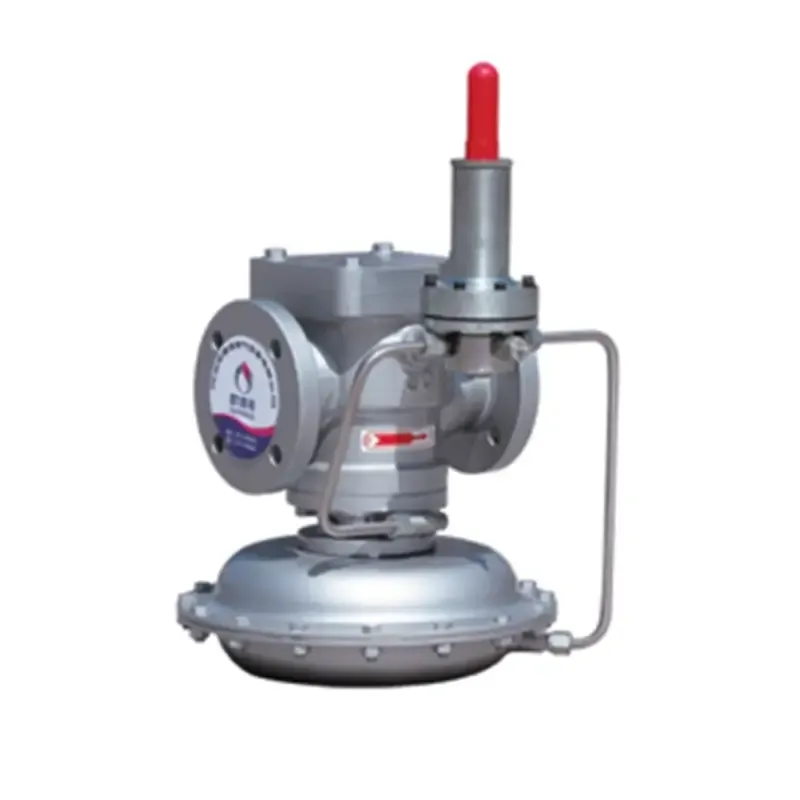
Nov . 10, 2024 10:38
Back to list
Natural Gas Pressure Regulation Valve for Efficient Energy Management and Safety Compliance
The Importance of Natural Gas Pressure Reducing Valves
Natural gas has become an indispensable energy source in many parts of the world, providing fuel for heating, cooking, and electricity generation. However, handling natural gas with safety and efficiency is paramount, which is where natural gas pressure reducing valves (PRVs) come into play. These vital components are essential in controlling and managing gas pressure, ensuring that it is delivered at safe and usable levels for residential, commercial, and industrial applications.
What is a Pressure Reducing Valve?
A pressure reducing valve is a device designed to automatically reduce the pressure of natural gas coming from a high-pressure source to a lower, manageable level suitable for end users. This reduction is crucial because natural gas is typically transmitted through pipelines at high pressures to facilitate efficient transport. However, when it reaches the end users’ facilities, typically a much lower pressure is needed to operate appliances safely without risk of damage or dangerous leaks.
How Does a Pressure Reducing Valve Work?
The operation of a PRV is based on the principle of pressure regulation. The valve utilizes a diaphragm or piston mechanism, which responds to changes in the outlet pressure. As high-pressure gas enters the valve, it pushes against the diaphragm, which opens the valve to allow gas to flow through. Once the preset lower pressure is achieved downstream, the diaphragm moves back, throttling the flow of gas, thus maintaining the desired outlet pressure.
Modern PRVs are designed with precision and can handle varying flow rates and pressure changes
. They often come equipped with adjustable settings, providing facility managers and technicians with the ability to customize pressure levels according to specific requirements.The Importance of Pressure Reducing Valves
1. Safety One of the immediate benefits of using PRVs is enhancing safety. Excessive pressure can lead to leaks or bursts in the piping system, posing a significant hazard to life and property. By regulating the pressure, PRVs help prevent catastrophic failures in natural gas systems.
natural gas pressure reducing valve

2. Efficiency Efficient gas usage is crucial, especially in industrial settings where operational costs can quickly escalate. By ensuring that the gas is delivered at the required pressure, PRVs help maintain the efficiency of gas appliances and systems, reducing waste and associated costs.
3. Protection of Equipment Many gas appliances are designed to operate at specific pressure ranges. If the pressure is too high, it can damage sensitive components, leading to costly repairs or replacements. PRVs safeguard your appliances by providing a level of protection against pressure fluctuations.
4. Environmental Considerations Utilizing PRVs effectively can also contribute to lower emissions. By ensuring the correct pressure, these valves help optimize the combustion process, leading to cleaner and more efficient burning of natural gas. This minimized waste not only benefits the environment but also aligns with a growing emphasis on sustainability in energy consumption.
Installation and Maintenance
Installing a pressure reducing valve requires careful consideration of the system’s requirements, including the maximum input pressure and the desired output pressure. It’s essential to select a PRV that matches the specific needs of the application.
Maintenance of these valves is critical for their performance and longevity. Regular inspections can identify issues such as wear and tear, leaks, or operational inefficiencies. Routine maintenance helps ensure that the valve continues to operate as intended, protecting both the system and its users.
Conclusion
Natural gas pressure reducing valves are fundamental components in the safe and efficient distribution of natural gas. By regulating pressure, they enhance safety, protect equipment, ensure optimal efficiency, and minimize environmental impact. As the reliance on natural gas continues to grow, understanding and maintaining these valves will remain essential for a wide array of applications. Investing in quality PRVs and adhering to maintenance protocols can go a long way in safeguarding your natural gas system and ensuring its optimal performance.
Latest news
-
Safety Valve Spring-Loaded Design Overpressure ProtectionNewsJul.25,2025
-
Precision Voltage Regulator AC5 Accuracy Grade PerformanceNewsJul.25,2025
-
Natural Gas Pressure Regulating Skid Industrial Pipeline ApplicationsNewsJul.25,2025
-
Natural Gas Filter Stainless Steel Mesh Element DesignNewsJul.25,2025
-
Gas Pressure Regulator Valve Direct-Acting Spring-Loaded DesignNewsJul.25,2025
-
Decompression Equipment Multi-Stage Heat Exchange System DesignNewsJul.25,2025

